How the Trump administration could be enabling the next big financial crisis
Relentless pursuit of growth has consequences

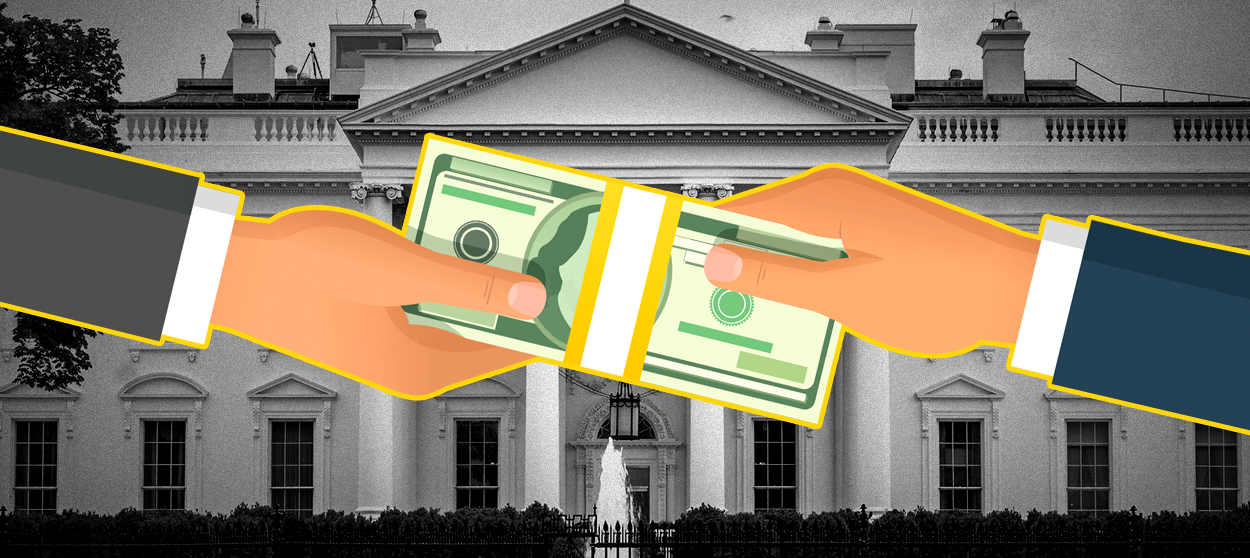
No one knows for sure what will cause America's next economic crisis. But corporate debt is a strong contender. U.S. companies borrowed record amounts in the last few years, surpassing their previous pre-Great Recession peak, and a disturbingly large portion of those loans are high-risk and likely to fail.
It turns out the Trump administration has been actively fueling this debt binge. A big Washington Post report, built off conversations with 31 current and former officials and bankers, just laid out how Trump's appointees have removed or ignored some of the regulatory guardrails that restrain corporate borrowing.
At the heart of the problem is the leveraged loan. These loans are only a portion of the overall corporate debt load, but leveraged loans specifically go to businesses that are already heavily indebted and strapped for cash, making them especially rickety. Because of this risk, creating these loans brings in lots of lucrative fees for banks. Major financial players like Wells Fargo, Bank of America, JP Morgan, and Goldman Sachs have all gotten in on the act. By the end of 2018, there was roughly $1.15 trillion in leveraged loans outstanding — more than double the volume just before the 2008 crash. According to Bloomberg, about 80 percent of leveraged loans now lack basic safeguards in the contracts, like requiring borrowers to avoid further risky borrowing. And over the last eight years, the amount of leveraged loan debt the average company has relative to its cash flow steadily increased.
The Week
Escape your echo chamber. Get the facts behind the news, plus analysis from multiple perspectives.

Sign up for The Week's Free Newsletters
From our morning news briefing to a weekly Good News Newsletter, get the best of The Week delivered directly to your inbox.
From our morning news briefing to a weekly Good News Newsletter, get the best of The Week delivered directly to your inbox.
Another reason leveraged loans are attractive for banks is that the loans rarely stay on their books. Instead, the loans are sliced and diced into new financial instruments — called collateralized loan obligations (CLOs) — and then sold off, along with the accompanying risks, to other financial firms. The size of the CLO market has doubled in the last decade. The whole process effectively mirrors how bad mortgages spread throughout the financial system in the run up to the 2008 crash. Now the boom is potentially set up for a similar bust: If large amounts of this debt does go bad, it will likely happen in 2021 or 2022 (or perhaps later in 2025), when large batches of the loans come due.
Beginning in 2011, various financial regulators like the Federal Reserve, the Federal Deposit Insurance Corporation (FDIC), and the Office of the Comptroller of the Currency (OCC) started getting nervous about the rising tide of leveraged loans. In 2013, they issued a new regulatory guidance package, warning that "financial institutions should ensure they do not unnecessarily heighten risks by originating poorly underwritten [leveraged] loans." In 2014, the regulators drove the point home with a report concluding nearly a third of the leveraged loans issued over the previous year were "weak."
This sort of regulatory guidance isn't technically a law that must be complied with. But the Post noted that "historically firms have complied, as they try to avoid clashes with regulators." It had the intended effect: From 2013 to 2015, the annual volume of leveraged loan issuance dropped from $607 billion to $423 billion.
Then Donald Trump was elected president.
A free daily email with the biggest news stories of the day – and the best features from TheWeek.com
Bank industry lobbyists had already been leaning on regulators and policymakers to scale back the regulatory guidance. The first shot across the bow came from Sen. Patrick Toomey (R-Pa.) in early 2017. He asked the Government Accountability Office (GAO) to determine if the regulators' guidance from 2013 should be understood as an official rule. If the answer was "yes," congressional Republicans and the new president could use legislative avenues to scrap the guidance themselves. (As the Post dryly noted, 10 of Toomey's 17 biggest donors hail from the finance industry.) Later that year, the agency concluded the guidance should've been issued in a different manner. Then another Republican, Rep. Blaine Luetkemeyer of Missouri, sent another letter to the regulators requesting assurances that they wouldn't actually try to enforce any of the guidance on leveraged loans.
Meanwhile, Trump's Treasury Department issued a sweeping report calling for looser financial regulations of all sorts and criticizing the leveraged loan guidance specifically for being too confusing. In late 2017, Trump's first appointee to head the OCC, Keith Noreika, declared that the leveraged loan guidelines "shouldn't be binding on anyone." The next year, Trump's new OCC head, Joseph Otting, told an investor conference that, as far as leveraged loans go, banks "have the right to do what you want as long as it does not impair safety and soundness. It's not our position to challenge that."
Again, this wasn't an official policy change made by regulators, it was a change to their approach and tone. But it mattered, and leveraged loans took off once more. Banks and financial firms issued $1.271 trillion of the loans in 2017 and 2018, a 40 percent increase over the 2015-to-2016 period. And here we are.
This story is part of a broader financial deregulation push going on throughout the Trump administration. As an economic recovery gets into its later years, creditors become hungrier for riskier (and thus more profitable) bets, both taking on more risks themselves and lobbying regulators to ease off. And the Trump White House is eager to see more economic growth it can claim credit for.
Ironically, what may save us from the corporate debt bomb is that the Trump administration has basically failed in its efforts to significantly stimulate the economy. The Federal Reserve, fearing an economic slowdown, recently paused its interest rate hikes. And as long as interest rates remain low, U.S. corporations will have better luck paying off their debts.
If Trump does eventually succeed at boosting economic growth though, he'll have done so in part by feeding the very financial risks that could set off the next crisis. If interest rates start rising again, the next few years could get very interesting.
Jeff Spross was the economics and business correspondent at TheWeek.com. He was previously a reporter at ThinkProgress.
-
 The elite falcon trade in the Middle East
The elite falcon trade in the Middle EastUnder the Radar Popularity of the birds of prey has been ‘soaring’ despite doubts over the legality of sourcing and concerns for animal welfare
-
 A running list of the international figures Donald Trump has pardoned
A running list of the international figures Donald Trump has pardonedin depth The president has grown bolder in flexing executive clemency powers beyond national borders
-
 Mixed nuts: RFK Jr.’s new nutrition guidelines receive uneven reviews
Mixed nuts: RFK Jr.’s new nutrition guidelines receive uneven reviewsTalking Points The guidelines emphasize red meat and full-fat dairy
-
 The pros and cons of noncompete agreements
The pros and cons of noncompete agreementsThe Explainer The FTC wants to ban companies from binding their employees with noncompete agreements. Who would this benefit, and who would it hurt?
-
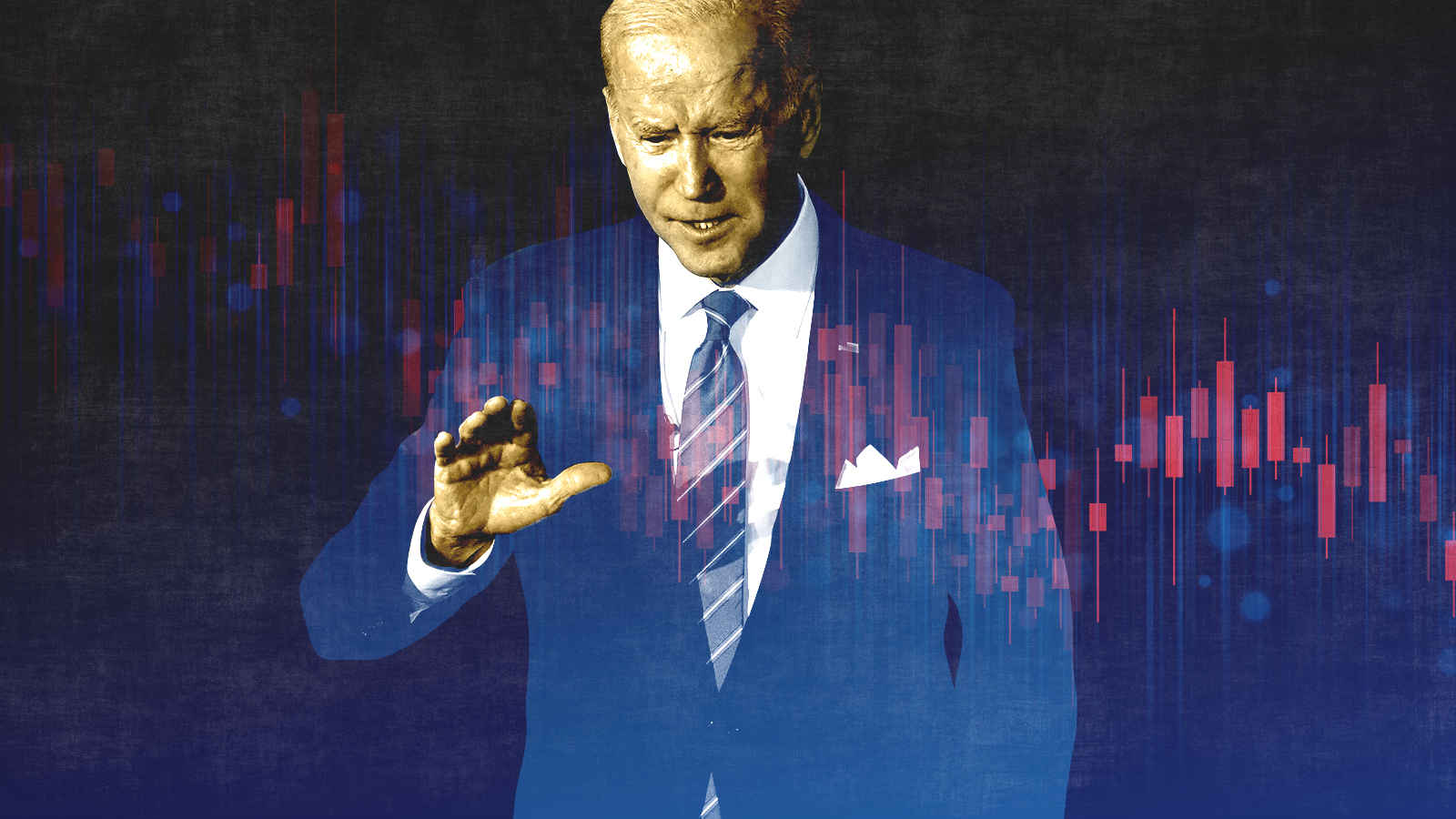 What experts are saying about the economy's surprise contraction
What experts are saying about the economy's surprise contractionThe Explainer The sharpest opinions on the debate from around the web
-
 The death of cities was greatly exaggerated
The death of cities was greatly exaggeratedThe Explainer Why the pandemic predictions about urban flight were wrong
-
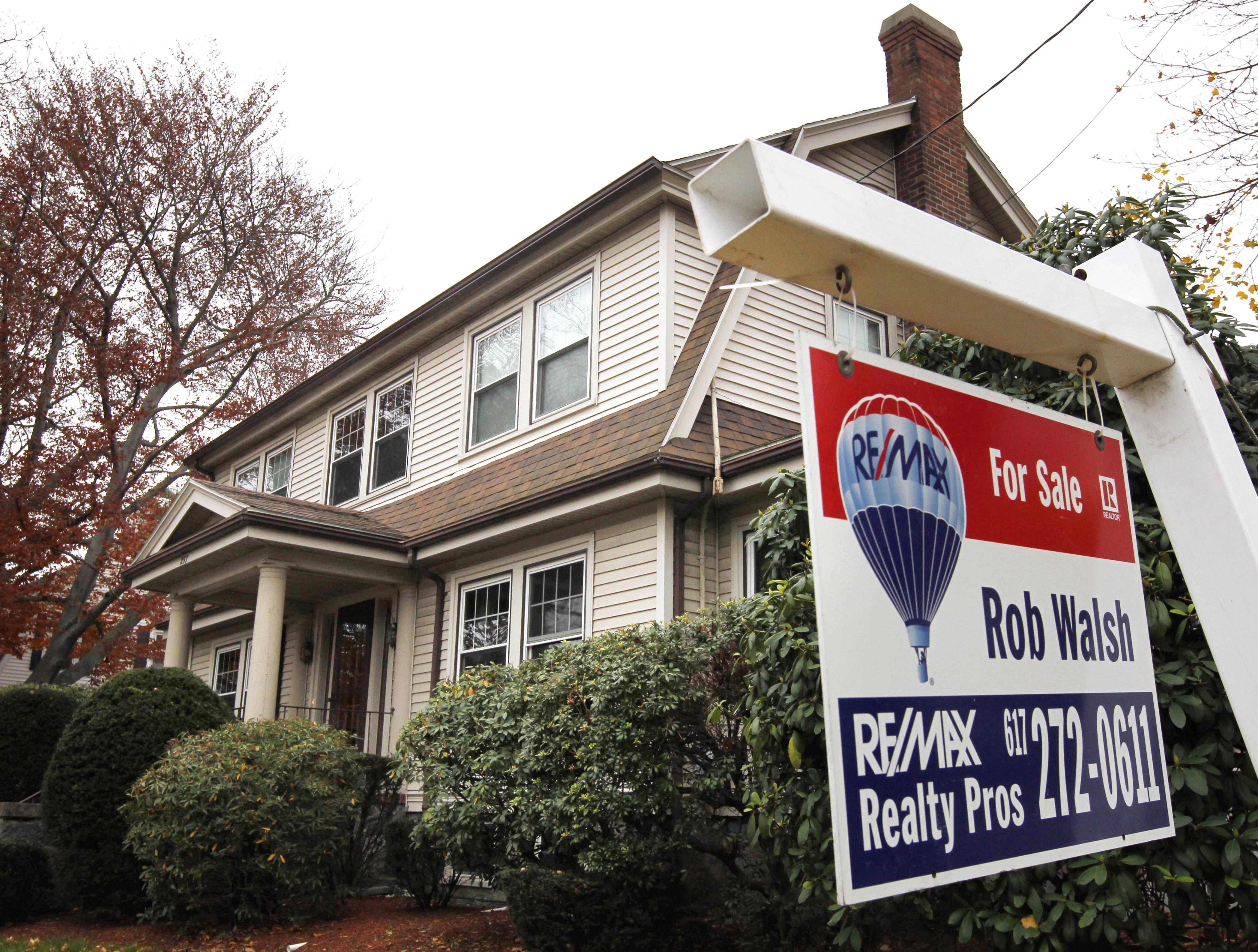 The housing crisis is here
The housing crisis is hereThe Explainer As the pandemic takes its toll, renters face eviction even as buyers are bidding higher
-
 How to be an ally to marginalized coworkers
How to be an ally to marginalized coworkersThe Explainer Show up for your colleagues by showing that you see them and their struggles
-
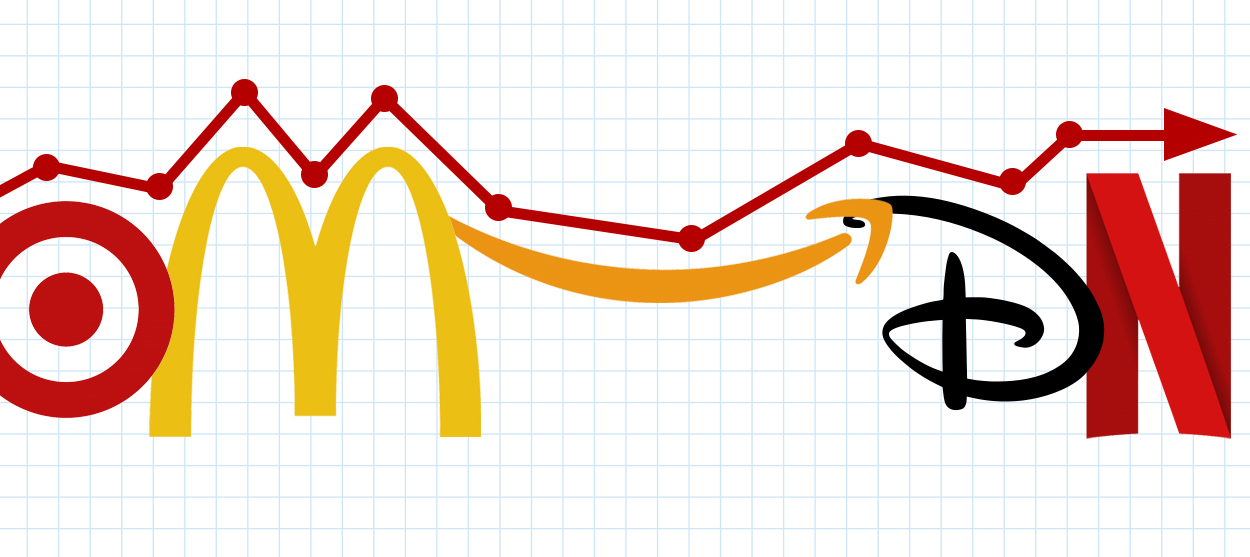 What the stock market knows
What the stock market knowsThe Explainer Publicly traded companies are going to wallop small businesses
-
 Can the government save small businesses?
Can the government save small businesses?The Explainer Many are fighting for a fair share of the coronavirus rescue package
-
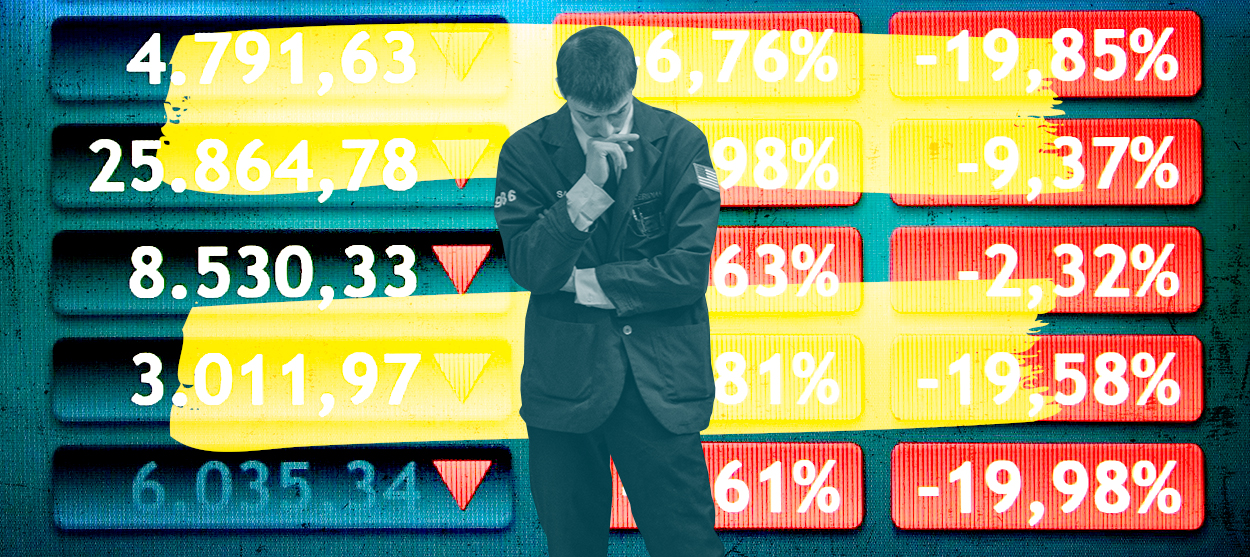 How the oil crash could turn into a much bigger economic shock
How the oil crash could turn into a much bigger economic shockThe Explainer This could be a huge problem for the entire economy
